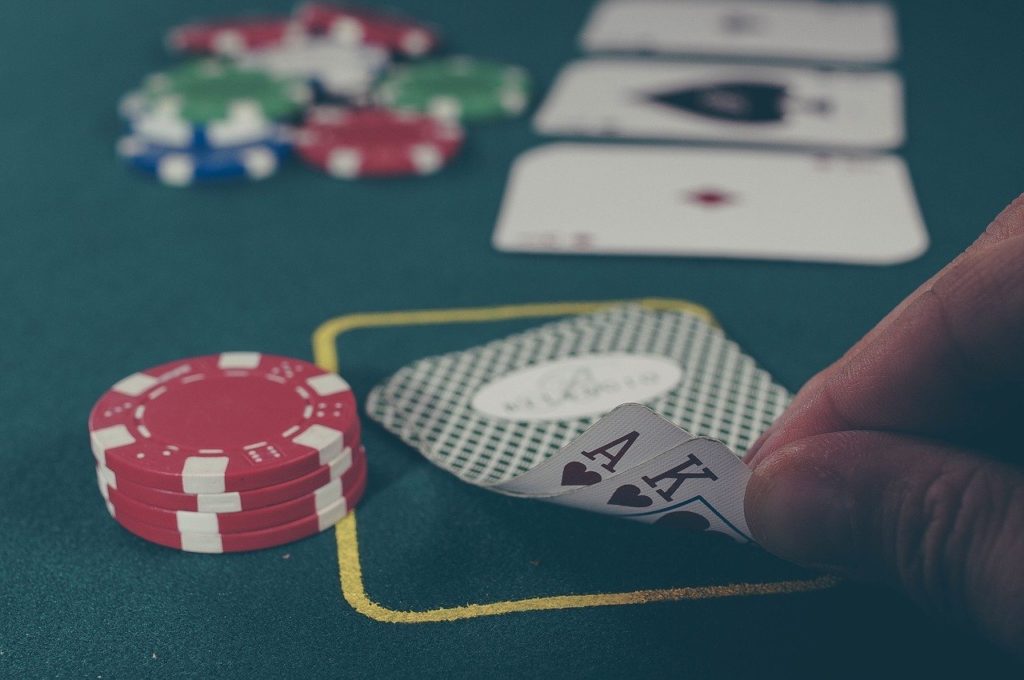Poker is a game of decision making. As you cannot say with certainty what cards your opponent is holding, you need to gather information by observing his actions. To ensure making the right move at the right time, you need to pick up ‘tells’.
Tells are the habits, tendencies, and unintentional actions of your opponent that, if you read them correctly, help you a lot in determining whether he is actually holding a strong hand or just bluffing at any given time.
How to Spot Tells at an Offline Table?
When you play Poker on live tables, you need to identify tells by focusing on your fellow player’s body language and facial expressions. On your opponent’s turn to make a move, try to notice any unnatural behavior (hand movement, touching ears/nose, heavy breathing, change in tone of voice, shaking legs, etc) to know whether he is confident with the strength of his in-hand cards or not.
If the opponent tries to be intimidating, you can consider it a sign of average/poor cards. Some players make verbal comments, stare intensely, or behave aggressively (throwing chips) to imply the strength of their hands with the objective of making their opponents fold their premium hands.
Categorize your opponent as per their gameplay (loose-passive, loose-aggressive, tight-passive, tight-aggressive). It is difficult to spot a bluff of a tight player, but if you are playing against a player who bets on every hand, you can take your chances. Also, this information helps you differentiate between experienced and amateur players. It is difficult to spot the bluff of an experienced player but an amateur player often fails to hide his tendencies and emotions.
How To Spot Tells At An Online Table?
As you cannot see your opponent face-to-face when you play poker online, putting your opponent on a hand range and identifying a bluff completely depends on how well you understand the pattern in his gameplay.
You can get clues about your opponent’s hand strength by noticing how much time he takes to call your bet. It is the best way to have an idea about his potential moves and create a strategy accordingly. Players with weak hands often try to display strength by making quick calls. A player with a good hand usually pauses before calling the bet to give the impression that he is holding nothing big in value. What matters the most is carefully analyzing your opponent’s behavior on the basis of his playing record to figure out whether it is a genuine tell or a fake one.
If your opponent checks from the big blind position pre-flop and even post-flop, it is a sign that he has a weak hand and he just wants to see the cards on board. If someone checks before the flop but raises the bet post-flop, that means he has found the desired cards on board. In this situation, it is better to stay involved in the pot only if you are holding high-value cards.
If you raise and your opponents re-raise, you can assume that he has a premium hand (A-A, K-K, or Q-Q). If he pauses before checking, there is a high possibility that he carries poor cards. If he pauses and then bet, he likely has a good hand.
The more you play, the better you become in piecing together the information obtained by observing your opponents. If you are a beginner, you can play on freeroll tables to sharpen your understanding of poker rules before switching to play real money games. Practice games also help you learn the tricks to collect information about your opponent’s game and use it for your advantage. So don’t wait and join the online poker tables NOW!



